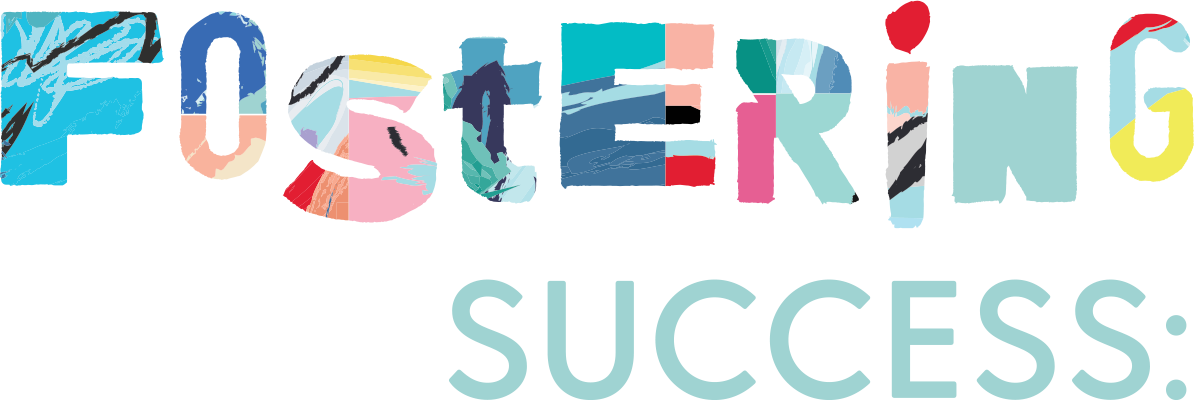


 tudents in foster care have these experiences far more than their peers, changing schools about twice as often. Nearly one-third of foster youth will change schools two or more times in a single year, compared to 7 percent of their peers.1 Adding to the personal uncertainty of changing schools, students also lose months of academic progress. Such transitions for foster youth typically come from changes in their home environment, including removal from their homes of origin and being placed into a foster or relative’s home, moving between foster and/or group homes, or even successfully reuniting with their families. Along the way, foster youth can experience profound trauma from abuse and neglect, along with persistent “small traumas” from the uprooting of their lives and belongings time and again.
tudents in foster care have these experiences far more than their peers, changing schools about twice as often. Nearly one-third of foster youth will change schools two or more times in a single year, compared to 7 percent of their peers.1 Adding to the personal uncertainty of changing schools, students also lose months of academic progress. Such transitions for foster youth typically come from changes in their home environment, including removal from their homes of origin and being placed into a foster or relative’s home, moving between foster and/or group homes, or even successfully reuniting with their families. Along the way, foster youth can experience profound trauma from abuse and neglect, along with persistent “small traumas” from the uprooting of their lives and belongings time and again.At the federal level, Congress has also acknowledged the importance of school stability on a foster youth’s education. With the adoption of the federal Every Student Succeeds Act in 2015, school districts must now work with their county child welfare agency to develop a plan to ensure students have access to transportation to their schools of origin when their placement changes and it’s not in their best interest to change schools. These plans must include how to fund the necessary transportation, and can include Title I, Local Control Funding Formula and county child welfare dollars. While the right to continue attending a child’s school of origin has been in California law since the passage of AB 490 in 2004, the obligation for securing transportation to that school was ambiguous. With the passage of ESSA, the national policy goal is now shared responsibility between the child welfare and the education systems.



Some districts are taking important steps to invest staff time in creating comprehensive academic histories for students enrolling in their schools to get a clear picture about student needs, especially if the students’ records are missing or incomplete. Other districts are experimenting with centralized enrollment and disenrollment processes to ensure that information between school administrators is shared to mitigate the impacts of school transfers on foster youth.
“Our district’s highest priority for our foster youth should be to increase stability for them, when possible, by helping them stay in their school of origin,” said Pasadena Unified School District trustee Kimberly Kenne. “When that is not possible, we should aim to improve continuity of support for the students by using warm handoffs.”
These “warm handoffs” can result in greater school stability for foster youth if and when their foster care placement changes. Often, foster care placement changes happen quickly, without adequate notice to all the adults in a student’s life. Districts have reported that proactively initiating conversations at the point of enrollment/disenrollment between school districts, a foster youth, a student’s caregiver and their education decision-maker/parent have resulted in a student’s re-enrolling in their original school having lost only a few instructional days, preserving their academic and social stability.
“Working with a consortium of districts and the Alliance for Children’s rights has provided valuable insight for the Azusa USD,” said Garry Creel, Azusa USD director of child and welfare attendance. “We discussed macro-level policy and procedure, compared best practices and then were able to dial down to the microlevel using our own data.”
Angela Vázquez is CSBA’s Public Affairs & Community Engagement Representative (PACER) for Los Angeles County, East. She has spent nearly eight years in education public policy, convening local and statewide education and child welfare stakeholders, facilitating policy development and implementation discussions for children in foster care in Los Angeles County and California as a policy analyst at Advancement Project and as the associate director for FosterEd California.
California Department of Social Services — California Foster Youth Education Resource Hub
California Department of Education – LCFF Resources: Priority 10 Foster Youth
California Foster Youth Education Task Force – Foster Youth Education Law Fact Sheets and Local Control and Accountability Plan Resources


- Barrat, V. X., & Berliner, B. (2013). The Invisible Achievement Gap, Part 1: Education. Outcomes of Students in Foster Care in California’s Public Schools. San Francisco: WestEd.
- Agosti, J. & JRA Consulting, Ltd. (2011). California Disproportionality Project Breakthrough Series Collaborative Final Report.
- Children’s Bureau/ACYF/ACF/HHS (2016). Racial Disproportionality and Disparity in Child Welfare.
- Leslie, L. K., Hurlburt, M. S., Landsverk, J., Rolls, J. A., Wood, P. A., & Kelleher, K. J. (2003). Comprehensive assessments for children entering foster care: a national perspective. Pediatrics, 112(1 Pt 1), 134-42.
- Powers, L. Youth With Disabilities in Foster Care: Identification and Support.